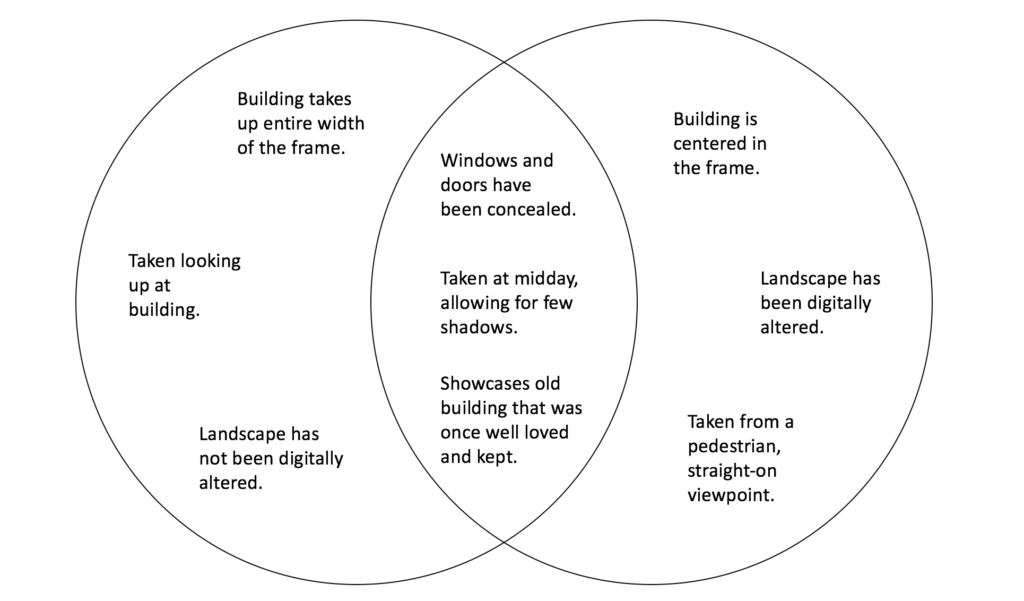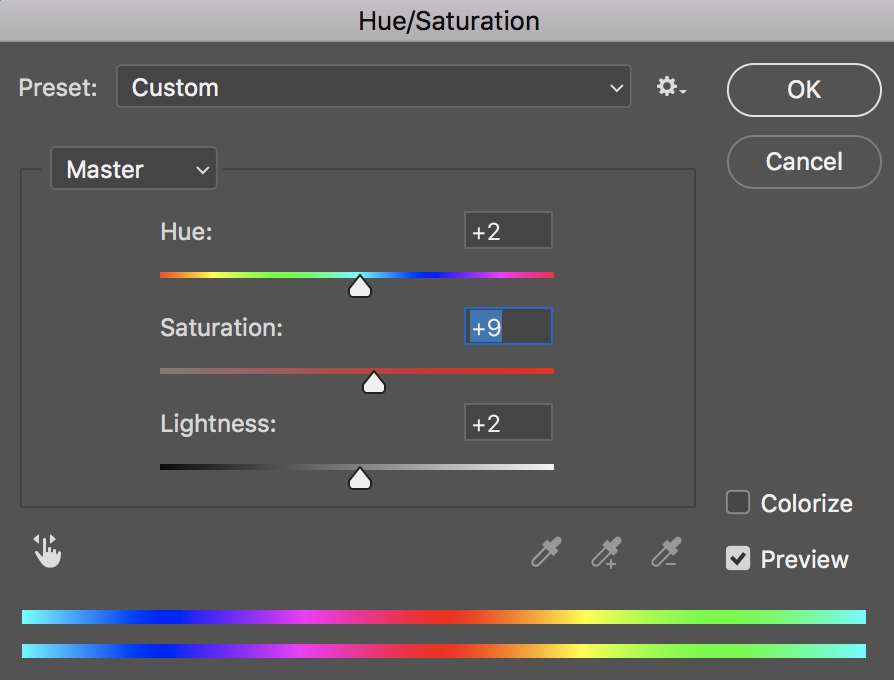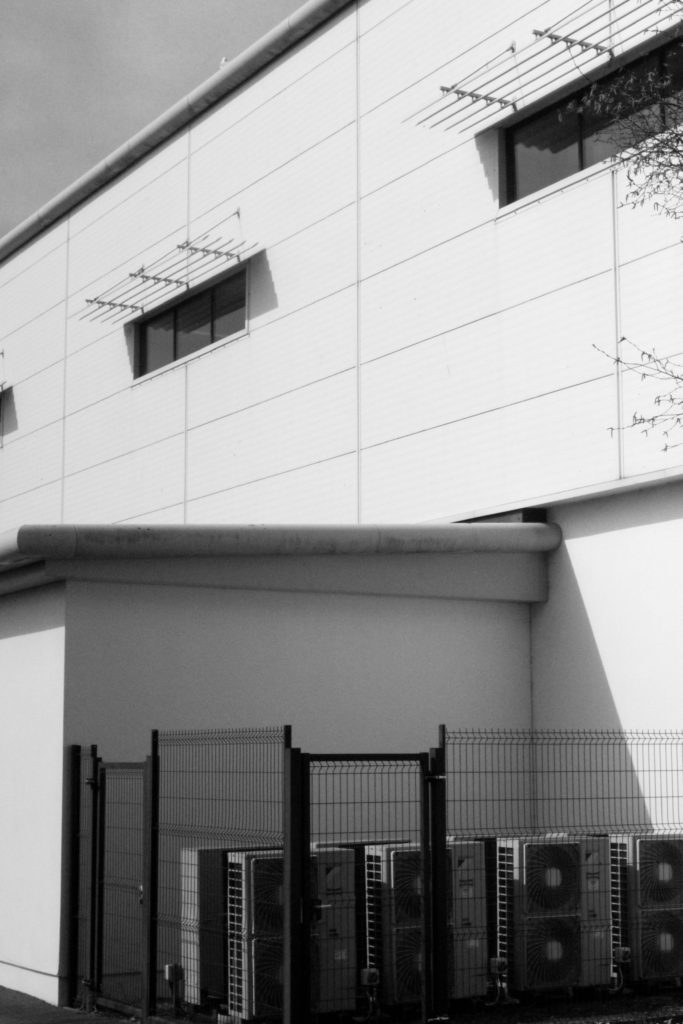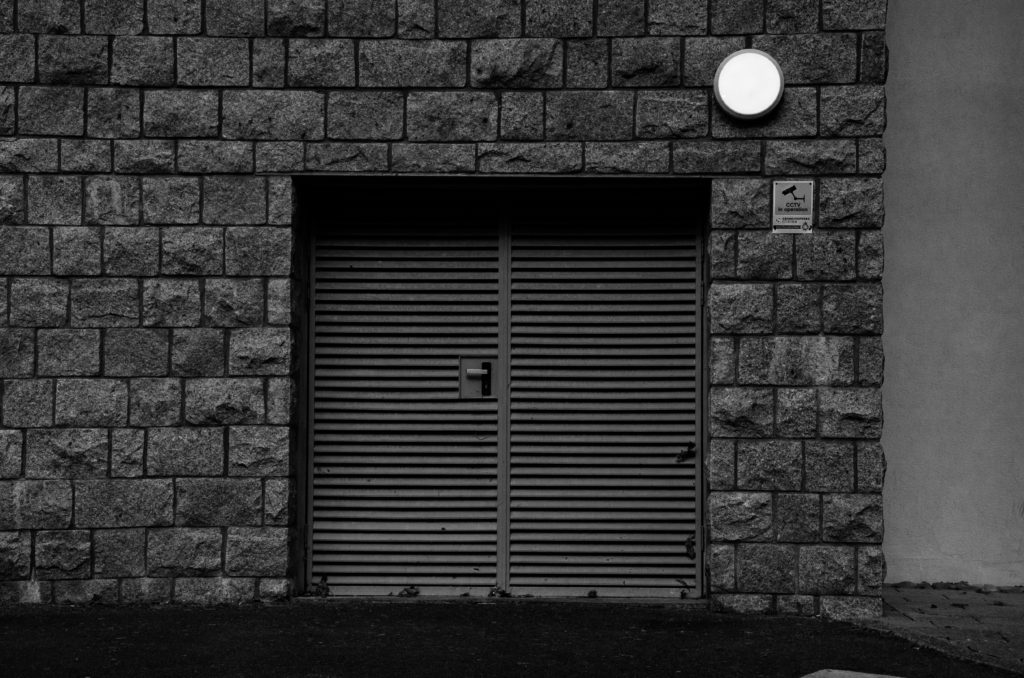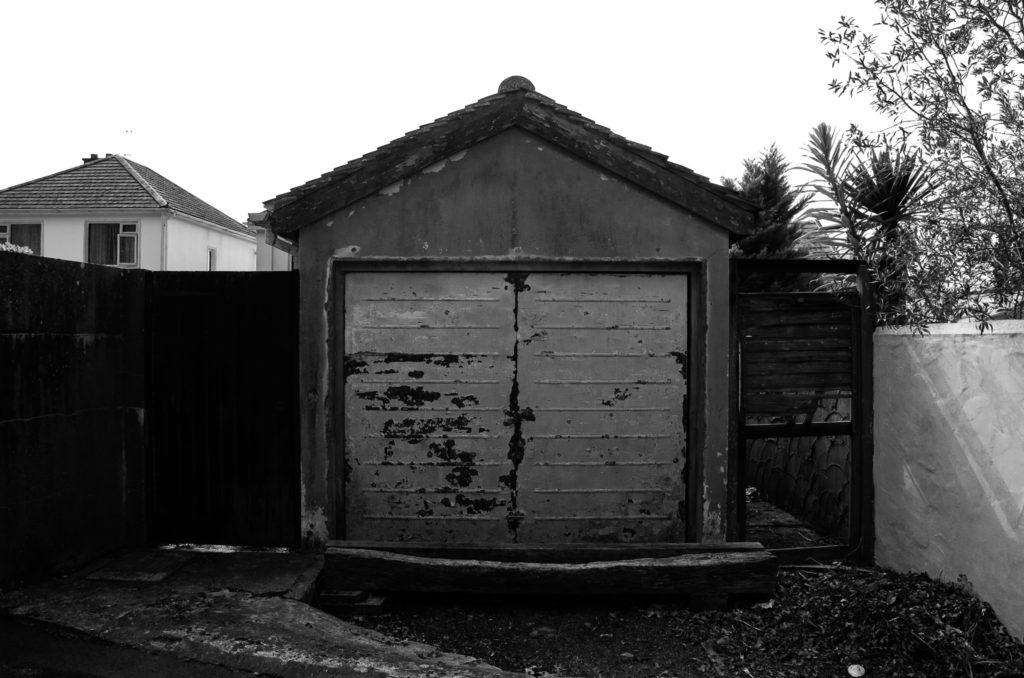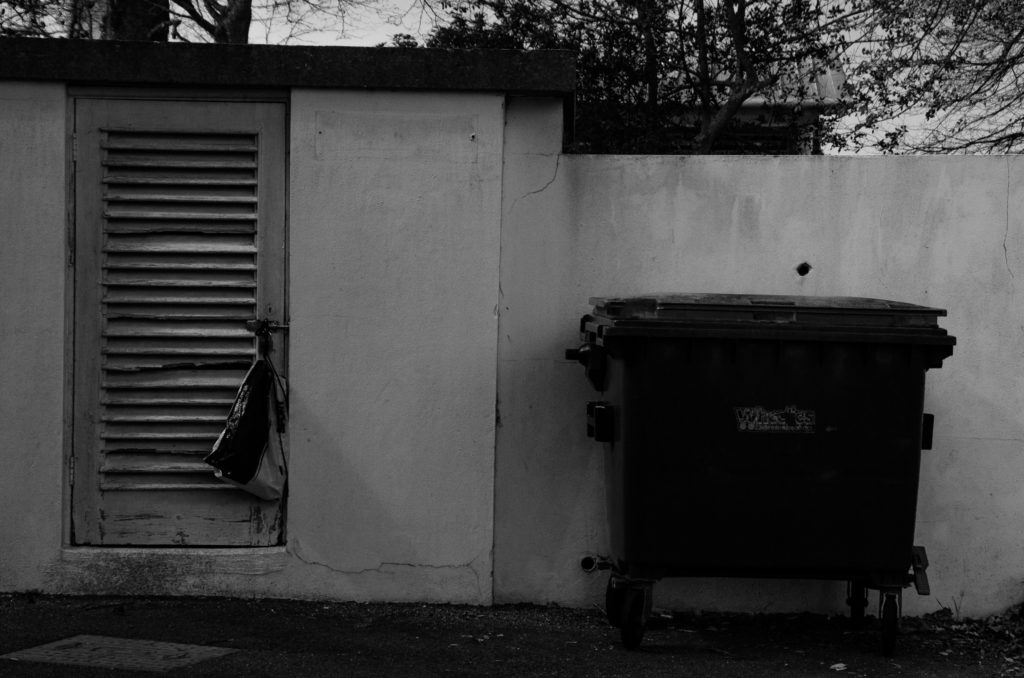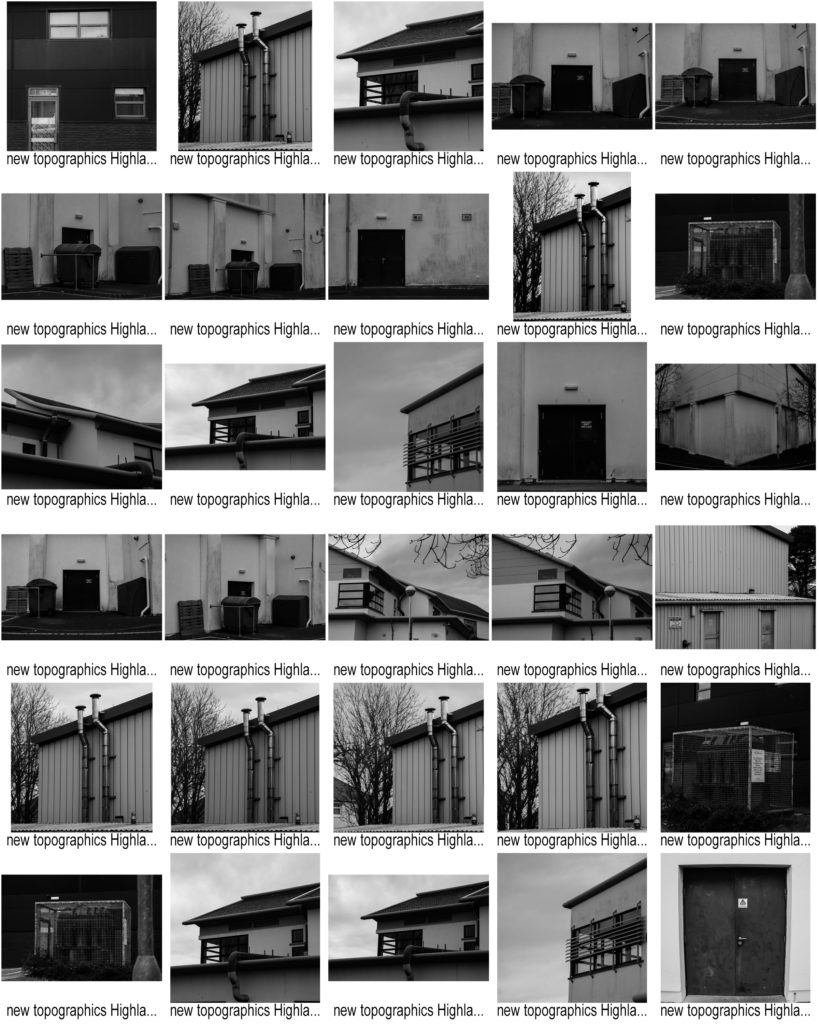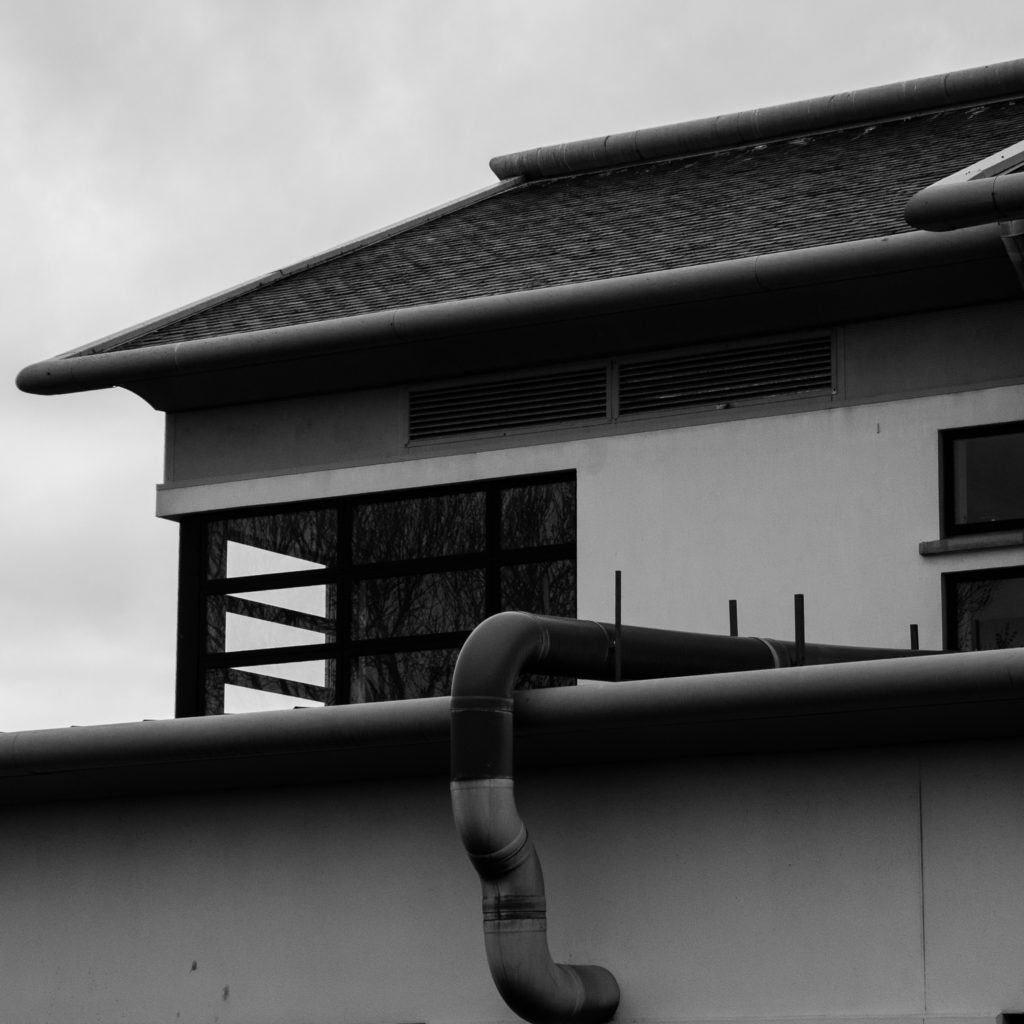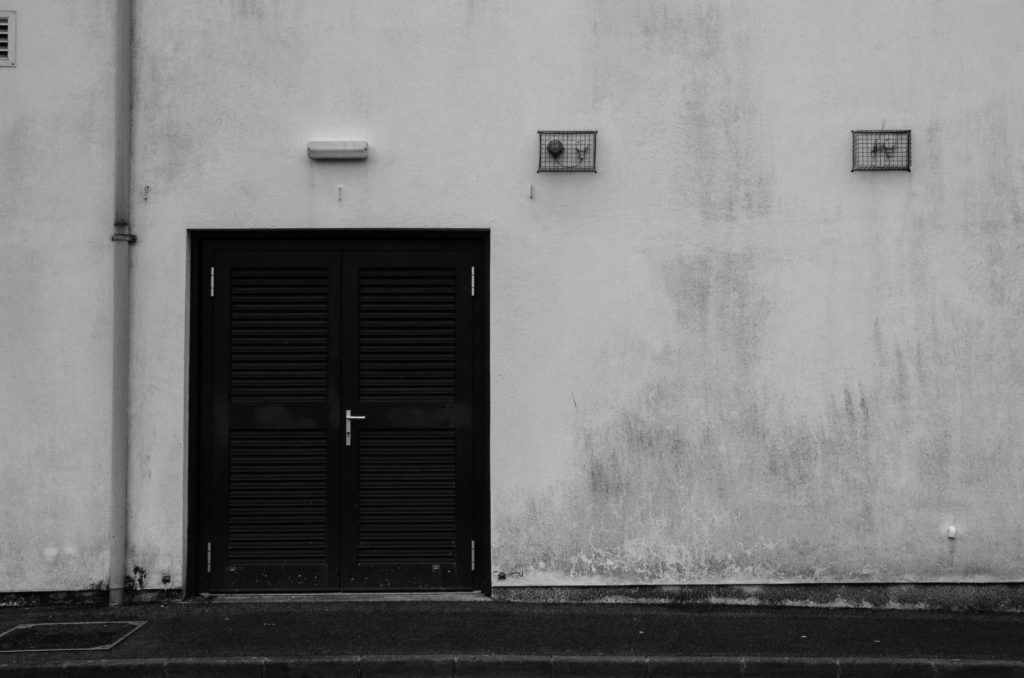Case Study
Alexander Apostol
Alexander Apostol is a Venezuelan photographer, born in 1969, known for his fascination with the urban landscapes in the city of Caracas, which originated in the 1950s. Within some of Apostol’s photographs, he has digitally altered the buildings concealing any doors and windows in view, creating an almost lifeless looking structure of the past that would strongly juxtapose any modern day architecture.
Analysis

This colour photograph taken by Alexander Apostol displays a decaying building placed centrally in the image, in which the doors and windows have been edited out digitally, framed by the two smaller structures on either side. Leading lines in this piece by Apostol, are created by the telephone lines that are scattered around the image, guiding the viewer’s eye horizontally across the image, and the pole that dissects the photograph through the middle. These dark wires and pole also act as a strong contrast to the off white tone of the building. It can be said that Apostol took this photograph from a straight on pedestrian viewpoint, much like many photographers involved in the New Topographic movement.
From a technical viewpoint, it appears that Apostol has depended on the midday natural light to capture this photograph, as very few shadows can be seen here. In addition, this means that the ISO used to take this image would most likely be on a low setting, in order to produce a photograph that is not over exposed. Apostol also most likely used a fast shutter speed for this piece, as there is no visible blur or motion presented in the image. Furthermore, the aperture setting used must have been low as well, due to the clouds in the background being in focus as well as the focal point of the building.
Photo-Shoot


Contact Sheets

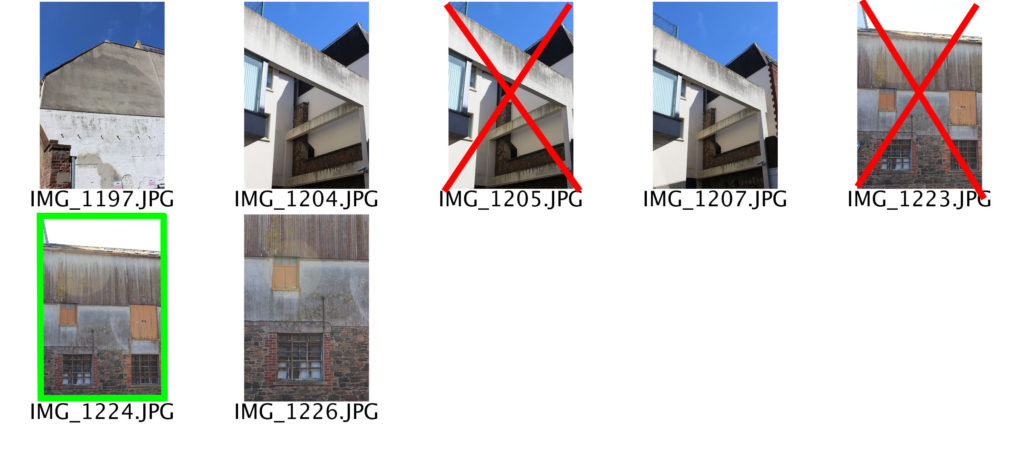
For this photo-shoot I walked around town near the old brewery and behind the post office taking pictures of buildings showing signs of decay or abandonment, such as boarded up windows and doors, mould and rust.
Edited Images
To edit my photographs in the style of Alexander Apostol I used photoshop to increase things such as the contrast, saturation, and texture of the images. I did this to enhance the sense of decay the buildings were undergoing.
Final Image Comparison
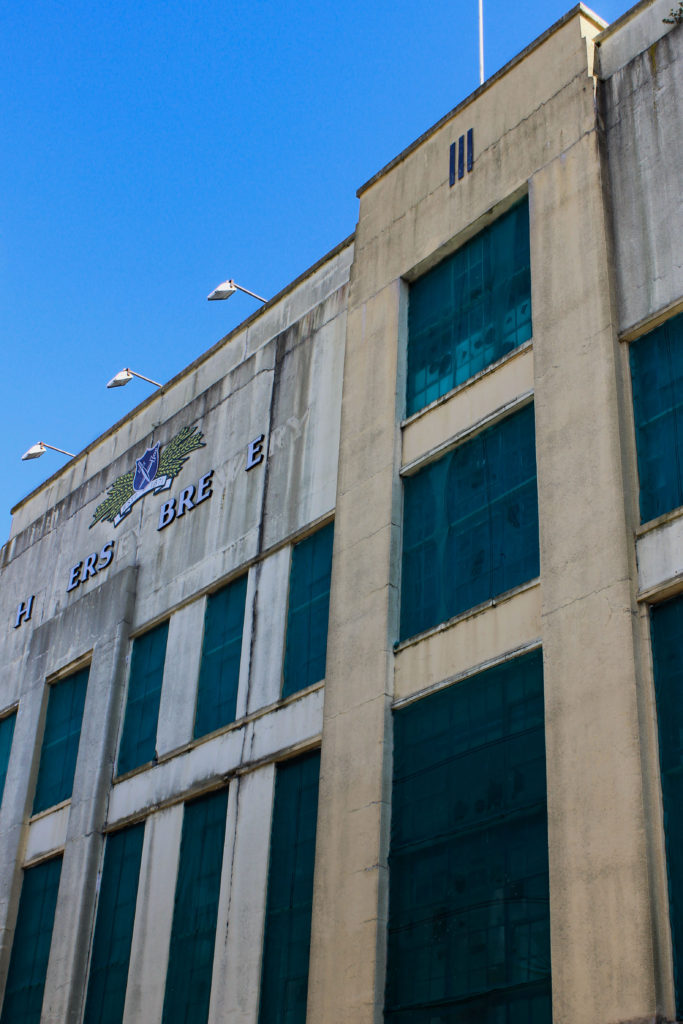
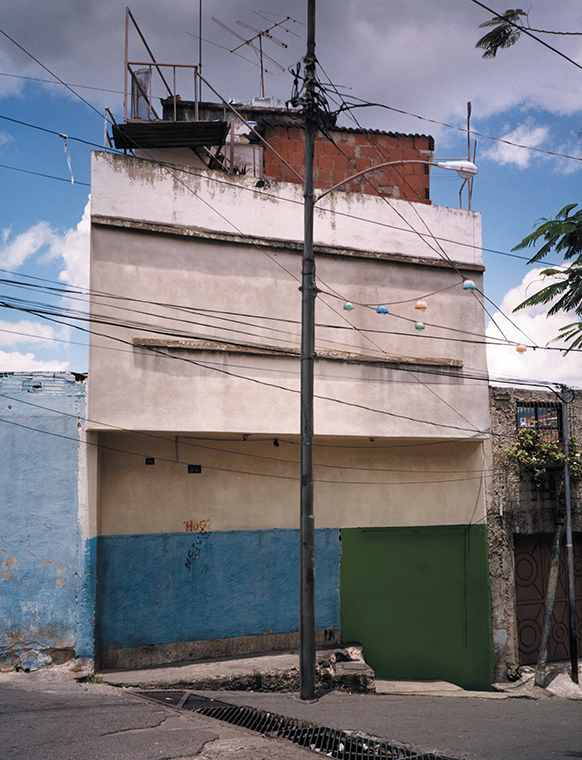
Alexander Apostol – 2001
